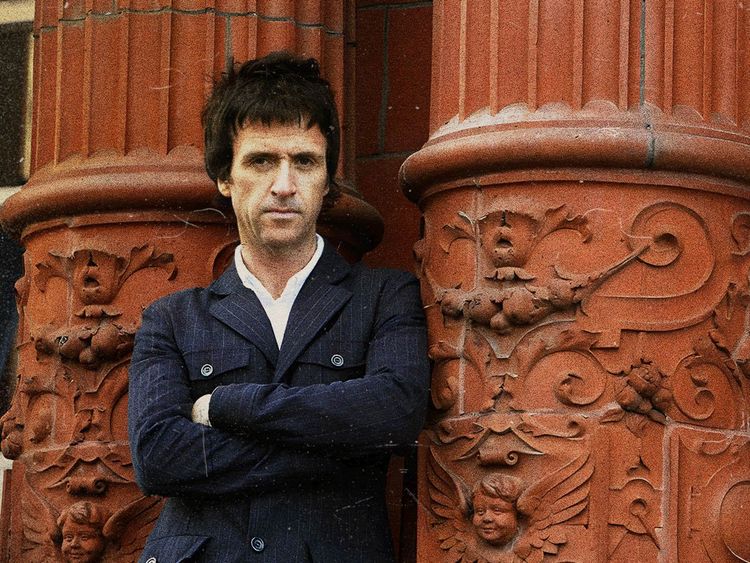Johnny Marr remembers his “worst Glastonbury moment” with The ...

With it confirmed that Rick Astley is teaming up with Blossoms to cover The Smiths at Glastonbury Festival, fans are excited to hear the sounds of the defunct indie pioneers through the lens of both acts. It has also served as a reminder that The Smiths played at Glastonbury in 1984, a set that displayed the group’s immense pull, even in their early days.
In a reflection of the spirit of the time, acts that year included Elvis Costello, The Waterboys, Fela Kuti, Ian Dury and Joan Baez. Guest speakers included CND chairman Bruce Kent and politician Paddy Ashdown. Halfway down the bill on Saturday, The Smiths took to the Pyramid stage. At that point, the quartet only had their eponymous debut album to their name, which arrived in the February.
Yet, due to the gravity of the music, fuelled by guitarist Johnny Marr’s arpeggiating guitar, bassist Andy Rourke’s funk and frontman Morrissey’s sharply political lyrics, things moved quickly for the band, as their booking on the main stage demonstrates – given their position as relative newcomers. Closing the set with ‘Hand in Glove’, a stage invasion erupted, confirming that The Smiths were more significant than many had first thought.
Speaking to The Guardian in 2010, Johnny Marr remembered his band’s set at the Somerset festival. He said the group “were slightly out of our element” for the event, and after detailing what occurred – including the stage invasion – he remembered his “worst Glastonbury moment”.
Marr recalled: “When the Smiths played Glastonbury in 1984, we were slightly out of our element. Previously, we’d always played to manic, devoted audiences who were more like supporters at a cup final, but at Glastonbury we were playing to people who largely hadn’t seen us before. It wasn’t like when Jay-Z played, but we were very ‘urban’ compared to the other acts. Our songs were so fast that we got through our first four in about the time it took for the other bands to finish their intro. Eventually, I did manage to instigate a stage invasion, which raised a few eyebrows. One fan was trying to climb on stage, I helped pull him up, and then a few more people followed, and all of a sudden we’d managed to turn it into a Smiths gig.”
Marr then described how the festival has changed over the years: “What people don’t realise is how mellow and low-key Glastonbury used to be. It wasn’t televised, and it wasn’t a career-defining moment back then. You’d turn up to find just three fields – and they would be by no means full. You had a choice between the shit field, the field no one cares about, or the muddy one. Today’s video screens would have seemed like an utter abomination.”
The guitarist also touched on how he believes rave culture fuelled Glastonbury’s rise from a purely hippie event: “Glastonbury’s rise in popularity has a lot to do with rave culture. People were getting together in warehouses at the end of motorways just to avoid the police, and then they realised Glastonbury offered thousands of people a chance to get together legally. Suddenly, Glastonbury no longer seemed an outdated idea, whereas in the ’80s, it had been caught between the ideals of the ’70s and something which had yet to be defined.”
Following his account of Glastonbury’s rise to the sprawling cultural hub it is today, Marr concluded by looking back on his “worst Glastonbury moment”.
He said: “The first 10 minutes of the Smiths’ performance in ’84, because the sound got screwed up on stage. My guitar was coming out of the bass amp, and the vocals were, too. They pulled things together … by the time of the last song.”
Most popular
{{#.}}{{#articles}} {{#title}}
{{/title}} {{/articles}}













































